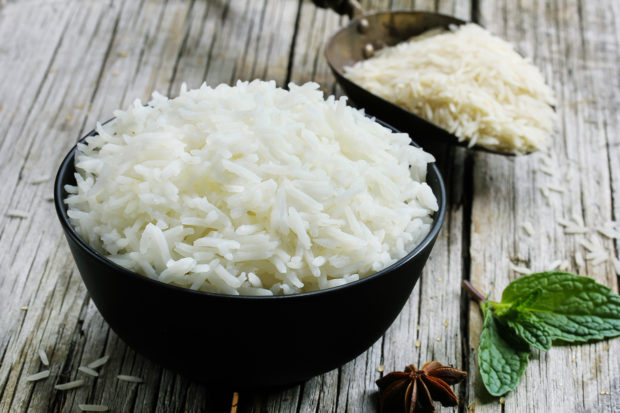Is climate change threatening our rice consumption?

Image: vm2002/Istock.com via ETX Daily Up
Will we still be able to eat rice whenever we want in 30 years? That’s the question asked by a team of American researchers from the University of Illinois, who conducted a field study in India, one of the world’s largest rice-growing areas. They found that investing in soil conservation technology and limiting waste at harvest time are the main ways to reduce the risk of rice shortages over the next 30 years.
The research focused on rice plantations at the farm of the Borlaug Institute for South Asia in Bihar, northeast India. The objective was to estimate rice yield and water demand by 2050, and to assess how rice farmers can adapt to the effects of climate change.
“As the weather changes, it affects temperature, rainfall, and carbon dioxide concentration. These are essential ingredients for crop growth, especially for rice,” explains Prasanta Kalita, professor in the Department of Agricultural and Biological Engineering at the University of Illinois and lead author of the study.
“Overall, about 4,000 liters of water go into production and processing per kilogram of rice,” he adds.
Kalita’s team assessed the amount of water needed to grow rice, yield rates and climatic conditions. The researchers then ran computer simulation models to identify strategies that can be implemented now to sustain rice production.
Reducing water requirements and waste
If rice farmers continue with current practices, the yield of their plants could decline significantly by 2050 (and our rice consumption along with it), the study estimates.
“Our modeling results show the crop growth stage is shrinking. The time for total maturity from the day you plant to the day you harvest is getting shorter. The crops are maturing faster, and as a result, you don’t get the full potential of the yield,” outlines Prof. Kalita.
One of the strategies selected in this study was the use of direct-seeded rice instead of transplants. This method is environmentally friendly and sustainable, and would allow rice to be grown with considerably less water, and with similar yields. Keeping crop residue on the ground, a form of soil conservation, is also mentioned as a strategy to preserve water in the process.
The researchers also draw attention to food waste during and after harvest, which, according to the Food and Agriculture Organization, amounts to about 30% of crops. Efforts to reduce these losses can therefore boost crop availability and food security, the researchers note.
According to their findings, the best strategy to achieve a 60% increase in rice production, while minimizing additional water requirements, would therefore be to combine these two farming techniques. JB
RELATED STORIES:
Philippines among countries most threatened by rising seas, says new study
Scientists propose building ‘ark’ on moon to house millions of reproductive cell samples